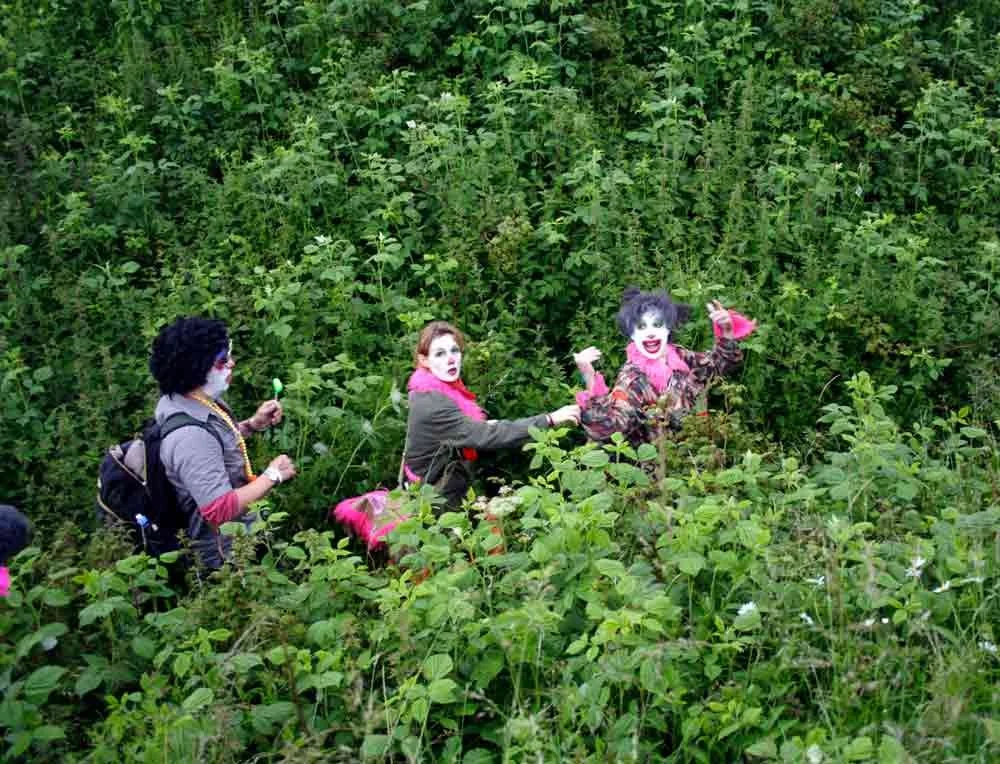Can silence be painted? How can artists capture interior states, solitude, and the passing of time? How are the homes we live in a reflection of the people who inhabit them? How can we read a painting to piece together the life of the artist?
From 1 June to 13 July 2024, Hauser & Wirth presents Vilhelm Hammershøi: Silence in its new gallery location in Basel. This exhibition celebrates the renowned Danish artist, Vilhelm Hammershøi, for its first solo exhibition, and presents 16 works from private collections curated by art historian Felix Krämer.
A painter of the 19th and early 20th century, Hammershøi is best known for his interior paintings. In the sixteen works featured for this exhibition, covering the artist’s career from 1883 to 1914, Hammershøi depicts empty interiors of his own home or shows household objects placed in unusual positions. In some, he portrays his wife Ida inhabiting these interiors, facing away from the viewers. Hammershøi also demonstrates his interest in photography in his early farmstead paintings through unique angles and the cropping of motifs, emphasizing qualities of these sceneries that often go unnoticed. In many of his work, Hammershøi utilizes a minimal palette of mostly grey, white, and brown to evoke melancholic and contemplative emotions. In addition, the stillness, disconnections, and lack of interactions amongst figures, objects, and spaces in his works position him as precursor to conceptual art.
Krämer discusses arranging the artworks within the exhibition: “The beautiful thing working on Hammershøi is that the works talk to each other. They communicate. And there is no formula for doing the right hand, you have to be there, and you have to take your time, and the paintings will tell you where they go.”
In Hammershøi’s later works, which are also featured in the exhibition, the artist became more experimental with perspectives and composition, the change reveals his understanding of modernist apporaches, and inspires audiences with new insights of the artist and his career.
Art historian and writer Florian Illies commented on Hammershøi's work: “One often forgets that Hammershøi, despite this self-restraint, was an artist who had traveled a lot…who knew the artists of his time. But its effect was completely different…He does the exact opposite to everyone else. And it is precisely this difference that makes him so special. This mystery is what makes him so compelling to us today.” Hammershøi’s works defy genre or movements, utilizing elements inspired by the Old Master in combination with his present, private sphere, and speak to contemporary viewers with timeless motifs, yet communicate profound meanings between themselves.
–––
Grace Notes
I first encountered Hammershøi's work by thinking about sound, not silence. Or perhaps I should say "the notes between the notes." Hammershøi's "Interior with Woman at Piano, Strandgade 30" was used for the cover of Bernard MacLaverty's novel Grace Notes. The book centers around the life of Catherine McKenna, a music teacher and composer living in Scotland as she experiences postpartum depression. We enter into Catherine's interior world as she prepares for her father's funeral and has troubling visions of her recently born daughter, Anna. Music and the act of composition helps her rise above her depression and the restrictions imposed on her by the Catholic Church and her family. She begins to compose a master symphony and the novel ends with a live radio broadcast of her music.
The power of art to help us understand and overcome crises is a theme of that novel. What I appreciate in Hammershoi's work is his capacity to communicate calm reflection and solitude, not crises. But then again, we never know. Other people will always remain a mystery. We can only imagine what goes on in their minds, and Hammershøi's interiors hint at something unspoken.
As much as he depicts his wife Ida's world, his paintings are also a kind of biography or self-portrait. After all, we are not so much the skin we inhabit. As the writer Neil Gaiman told me, "We are not our faces." What is essential in the artist is not the lines on their face but their imagination, what they see, feel, think, and love. I rarely look at myself in the mirror. Who I am is what I see, and life moves at such an accelerated pace these days that sometimes we're sleepwalking through our lives.
Love is a kind of noticing.
Hammershøi has also given us a self-portrait by sharing the years he has spent in his homes in the old mercantile quarter of Copenhagen and painting what he has seen and loved.
Above all the gift that Hammershøi gives is showing that seeing can be a kind of meditation and take on an almost spiritual dimension. For meditation can happen anywhere. Alone in nature, as Caspar David Friedrich at the edge of a cliff contemplating the vast beyond in "Wanderer above the Sea of Fog." Or in these small interior moments looking upon the back of the head of the woman you love. The fall of light upon a wall - seemingly mundane scenes but somehow the paintings vibrate with life and meaning. I stop in my tracks and without ever seeing her face, I can feel the air she breathes and imagine the dreams that take shape behind her closed eyes. I can almost hear the soft tick of the grandfather clock, the slow metronome sway of hours passing, that suspension of time in that precious absence of work as experienced on Sunday afternoons in homes all around the world.
Or not.
Reflect on how crowded our world is today. With technology, distraction, and the amount of data being collected and stored doubling every two years, how often do we experience true stillness, serenity, and the chance to be alone with our thoughts?
By giving us the grace notes of his life, Hammershøi invites us to reflect on our own lives and see them anew. Take a moment. Breathe. Close your eyes. Now open them.
What beauty in your life will you notice today?
– MIA FUNK






















































